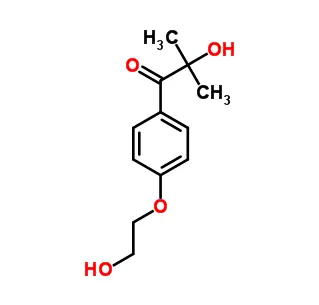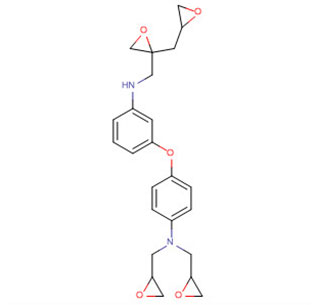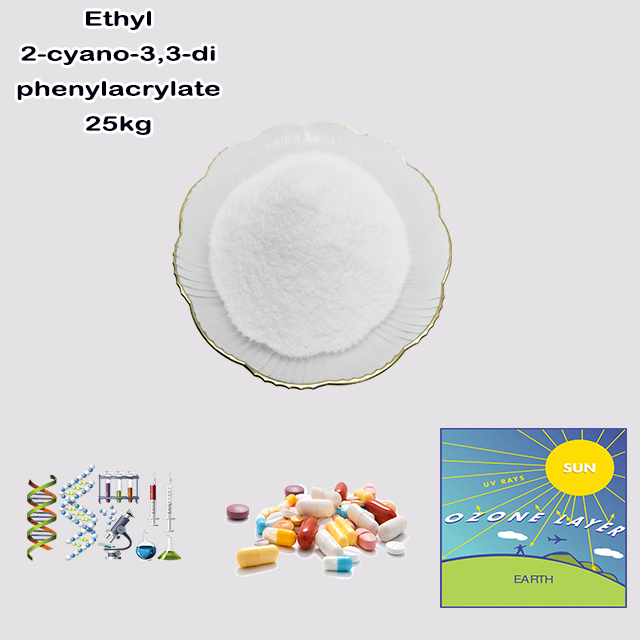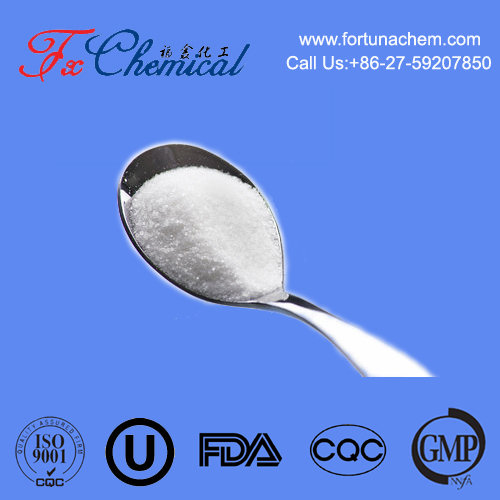
Search

Search

phosphine_oxide主图.jpg)
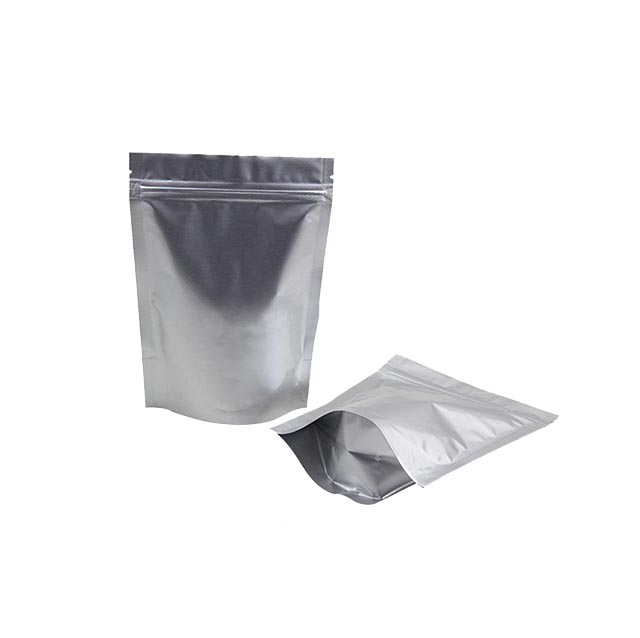
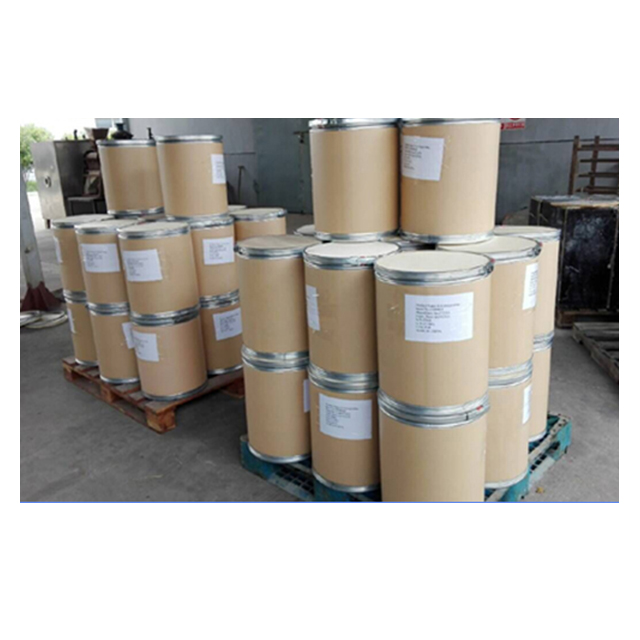
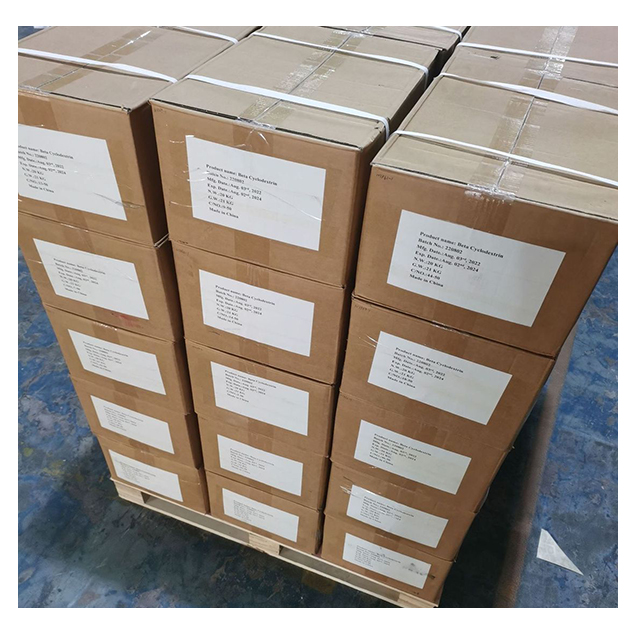
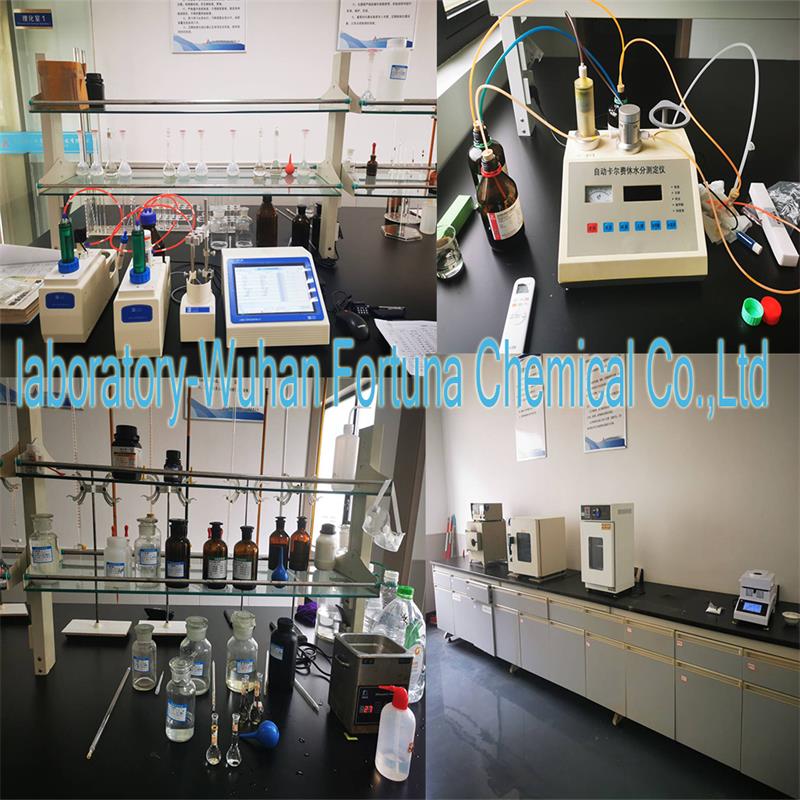
phosphine_oxide主图.jpg)




Phenylbis(2,4,6-trimethylbenzoyl)phosphine oxide can be used in colored UV-curable plastic coatings.Phenylbis(2,4,6-trimethylbenzoyl)phosphine oxide, commonly known as BAPO or Irgacure 819, is a highly efficient photoinitiator. It absorbs UV and visible blue light, generating free radicals that initiate polymerization, rapidly curing liquid resins into solid plastics. Key advantages include its fast curing speed, ability to cure thick layers, and low yellowing. It is extensively used in UV-curable applications like 3D printing resins, dental composites, protective coatings, and inks. Its effectiveness and versatility make it a cornerstone of modern light-based manufacturing technologies.
Items | Specification |
| Product name | Phenylbis(2,4,6-trimethylbenzoyl)phosphine oxide |
| CAS | 162881-26-7 |
| Appearance | Pale yellow powder |
| Assay | ≥99% |
| Molecular Formula | C26H27O3P |
| Molecular Weight | 418.46 |
| EINECS | 423-340-5 |
| Product parameters | |
| Cas number: | 162881-26-7 |
| Appearance: | Pale yellow powder |
| Purity: | 99%min |
| Package details: | 25kg/drum |
| Brand: | Fortunachem |
Imagine a special glue that doesn't dry in air, but only hardens when you shine a UV (ultraviolet) light on it. The component in that glue that absorbs the UV light and kicks off the hardening process is the photoinitiator. Phenylbis(2,4,6-trimethylbenzoyl)phosphine oxide is one of the best and most common ones for this job.
Because its name is a mouthful, it's almost universally known by its abbreviation: BAPO.
You will also see it sold under the trade name Irgacure 819.
BAPO is a free radical photoinitiator of the acylphosphine oxide type. Here's what that means:
Photoinitiator: It initiates polymerization (the linking of small molecules into long chains) when exposed to light.
Free Radical: It works by generating highly reactive molecules called "free radicals" when it absorbs light. These radicals attack the monomers (the building blocks) in a resin, starting a chain reaction that solidifies the liquid into a solid plastic.
Acylphosphine Oxide: This describes its specific chemical structure, which is key to its excellent properties.
Broad UV-Vis Absorption: Unlike many older photoinitiators that only work with high-energy, short-wave UV light, BAPO absorbs a wider range of light, including longer-wave UV and even some visible blue light. This makes it very versatile.
High Reactivity/Efficiency: It generates free radicals very efficiently, leading to fast curing times. This is crucial for industrial processes where speed is money.
Low Yellowing: Many photoinitiators can cause the cured plastic to turn yellow over time, especially when exposed to sunlight. BAPO is known for its excellent resistance to yellowing, making it ideal for clear coatings and white materials.
Good Through-Cure: Because of its absorption profile, the light can penetrate deeper into the material, allowing thick layers to cure all the way through, not just on the surface.
BAPO is a workhorse in industries that use UV-curing technology:
3D Printing (SLA/DLP/LCD): This is one of its biggest applications. The resins used in these printers are liquid until a UV laser (SLA) or a UV screen (LCD) projects light onto them, and BAPO is the component that makes the resin solidify precisely where the light hits.
UV-Curable Coatings: Used on wood floors, furniture, paper, and plastic for a hard, durable, and shiny finish.
UV Inks: For printing on packaging, labels, and other materials that require instant drying.
Dental Composites: The fillings in your teeth are often cured with a blue light; BAPO is a common photoinitiator in these materials due to its ability to cure in thick sections and its biocompatibility.
Adhesives: Used in optically clear adhesives for electronics and displays.
The name describes the structure perfectly:
Phenyl-: A benzene ring attached to the central phosphorus.
bis(2,4,6-trimethylbenzoyl)-: Two identical groups attached to the phosphorus. Each is a "benzoyl" group (a carbonyl attached to a benzene ring) where the benzene ring has methyl (CH₃) groups at the 2, 4, and 6 positions. The "2,4,6-trimethyl" part is also known as a "mesityl" group.
phosphine oxide: A central phosphorus atom double-bonded to an oxygen (P=O).
This specific structure is what allows it to cleave (break apart) so efficiently when it absorbs light, generating the two free radicals that start the polymerization.
Like most industrial chemicals, it requires careful handling. It is a fine powder that can be a skin and respiratory irritant. It must be stored away from light to prevent premature reaction.
| Aspect | Description |
|---|---|
| What it is | A highly efficient type of photoinitiator. |
| Common Name | BAPO (Irgacure 819) |
| Primary Function | To absorb UV/blue light and start the chemical reaction that turns a liquid resin into a solid plastic. |
| Key Advantage | Fast curing, deep penetration, and low yellowing. |
| Main Application | 3D Printing Resins, UV-curable coatings, inks, and dental materials. |
In short, if you've ever used a UV-resin based 3D printer or had a tooth filling, you've almost certainly encountered a product that was solidified using Phenylbis(2,4,6-trimethylbenzoyl)phosphine oxide.
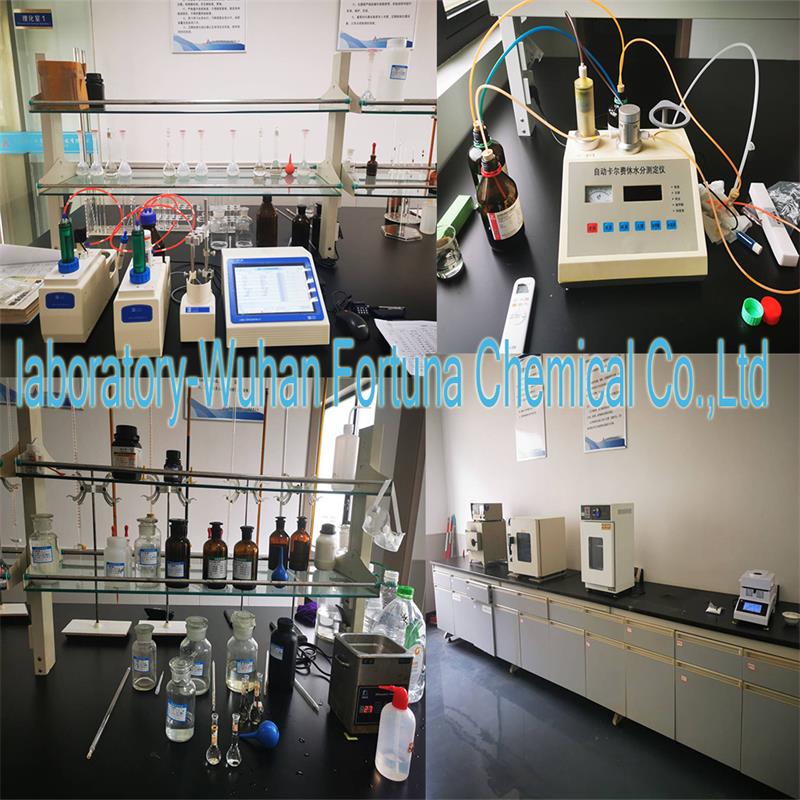
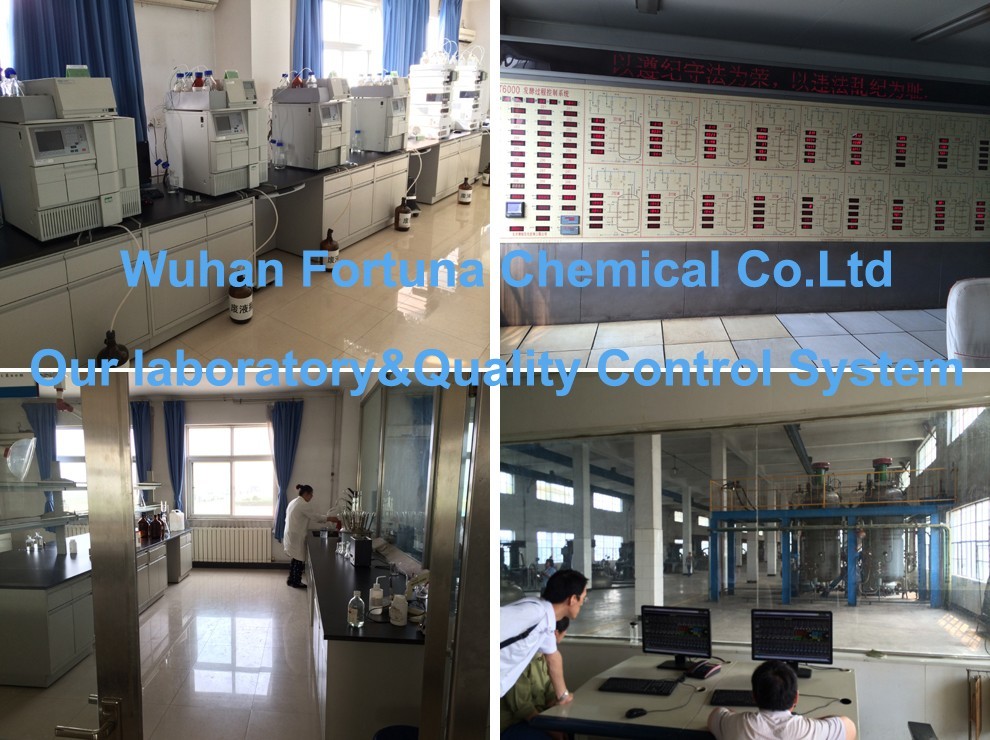
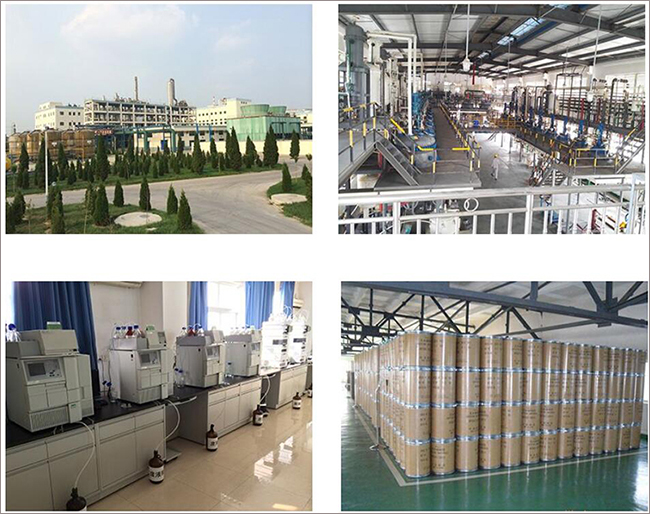
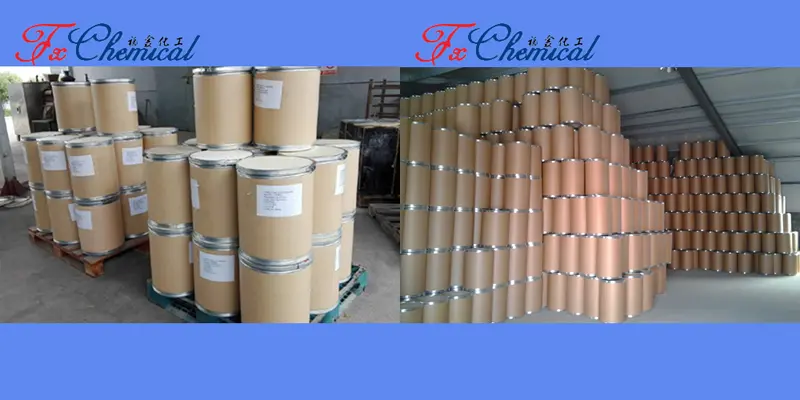
Guaranteed purity
High quality & competitive price
Quality control
Fast feedback
Prompt shipment


Fortunachem Provides Not Only Professional Chemical Products But Also Professional Help
Keeping you up-to-date with all the latest information, news, and events about Fortunachem!

Quick Links
Add:
E-mail:
 English
English  Español
Español  français
français  العربية
العربية 